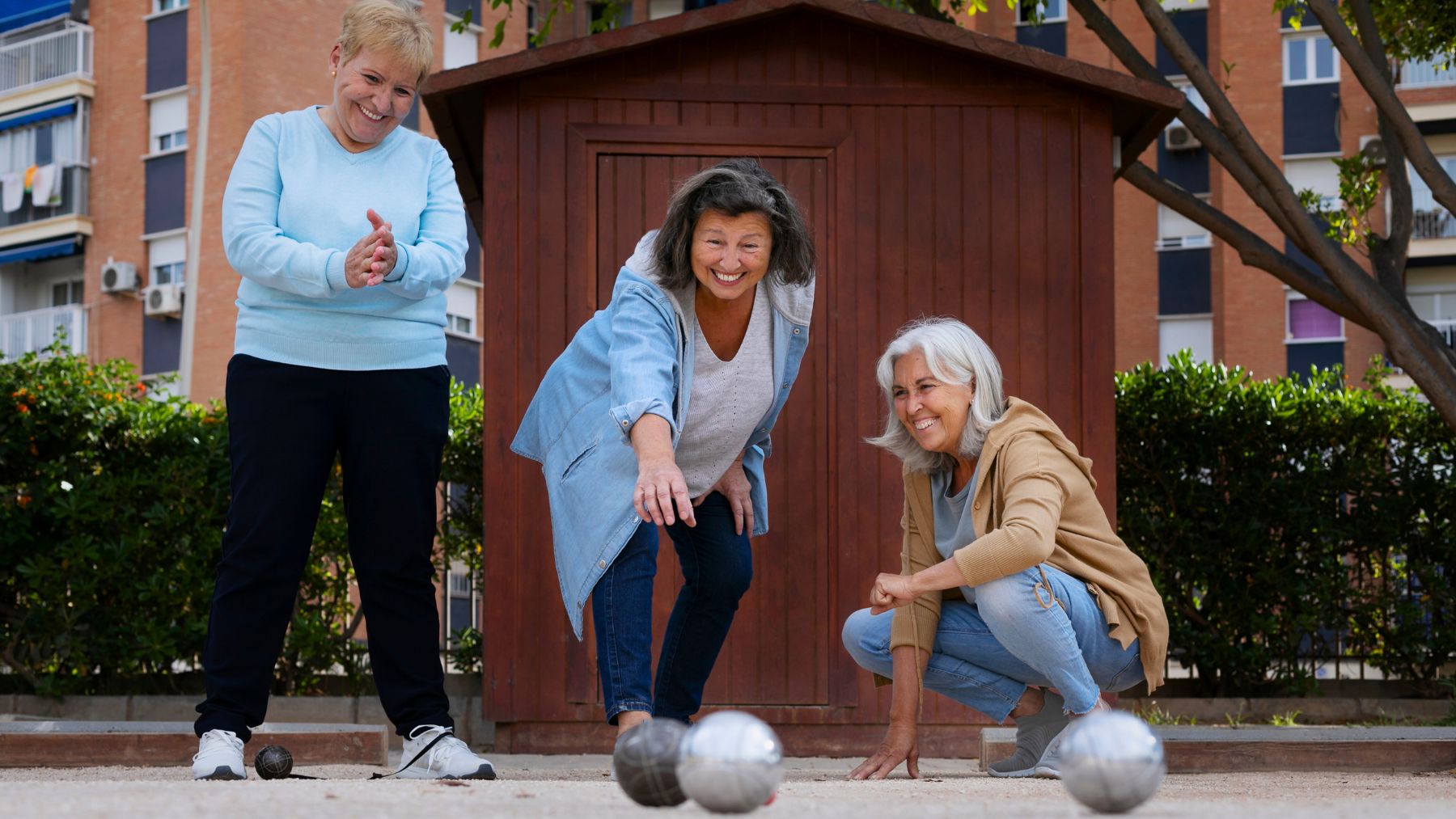Retirees enjoy various relaxing and invigorating hobbies, such as gardening, yet one activity stands out for its dual benefits of alleviating loneliness and enhancing physical agility: dancing. This engaging pastime fosters social connection and keeps the body active and agile, making it an ideal choice for maintaining emotional and physical well-being.
Dancing melds social connection, creative self-expression, and full-body movement in ways few hobbies can rival. For older adults, regular dance lessons can enhance motor skills, lift spirits, and foster meaningful bonds. Community centers and senior wellness programs in the US have embraced this dynamic activity for its multidimensional benefits. Let’s break down the specific benefits of dancing for retirees.
Why dancing is a great hobby for retirees
Dancing transforms exercise into an engaging experience rather than a chore, as it activates muscles, joints, and the cardiovascular system without the repetitive monotony of traditional gym routines. By reinforcing coordination and core strength, seniors who take regular dance sessions enjoy improved balance, which helps reduce fall risks. The rhythmic movements also promote joint flexibility and may alleviate arthritis discomfort.
The mental benefits are equally compelling. Learning new steps and choreographed patterns stimulates memory retention and cognitive function, potentially delaying cognitive decline. Dancing also triggers the release of endorphins, easing stress and mitigating symptoms of mild depression. Socially, unlike solitary pastimes, dance floors foster shared laughter and teamwork, whether perfecting a salsa turn or executing a gentle waltz.
Choosing the right dance style for you
Not every dance demands high energy or intricate footwork. If you want to give this hobby a try, make sure to match your preferences and physical comfort to the appropriate style.
- Ballroom dances (like foxtrot or waltz) emphasize elegance and measured movement, and are ideal for those who value proper posture and fluid motion.
- Swing or salsa exude livelier tempos, appealing to retirees who relish upbeat rhythms while comfortably managing a moderate pace.
- Line dancing eliminates the need for a partner by focusing on repetitive, synchronized group movement. It’s a low-pressure yet highly social option.
- Zumba, featuring energetic Latin-inspired music and dynamic aerobic routines, offers a full-body workout that boosts cardiovascular health and coordination. It’s ideal for retirees seeking an engaging social setting.
Before signing up for a dance program, consult your doctor, especially if you have heart conditions or joint issues. Once cleared, begin with beginner classes to build confidence.
Wear supportive shoes and breathable clothing to control temperature, stay well-hydrated, and avoid overexertion; gradual progress is more important than perfection. Most instructors in senior and adaptive dance programs tailor lessons to accommodate mobility restrictions, so communicate your needs openly with them.
Dancing meets you at your current ability. It’s less about flawless performance and more about the joy found in movement. Whether in a professional studio, community center, or the comfort of your living room, pressing “play” on your favorite song might just be the first step toward a stronger body, sharper mind, and a more connected social life.
For those intrigued by the benefits of dance, consider exploring complementary activities like water aerobics, brisk walking, or even adaptive sports programs. Each of these offers unique physical, cognitive, and social benefits that can make you enjoy your golden years even more.
